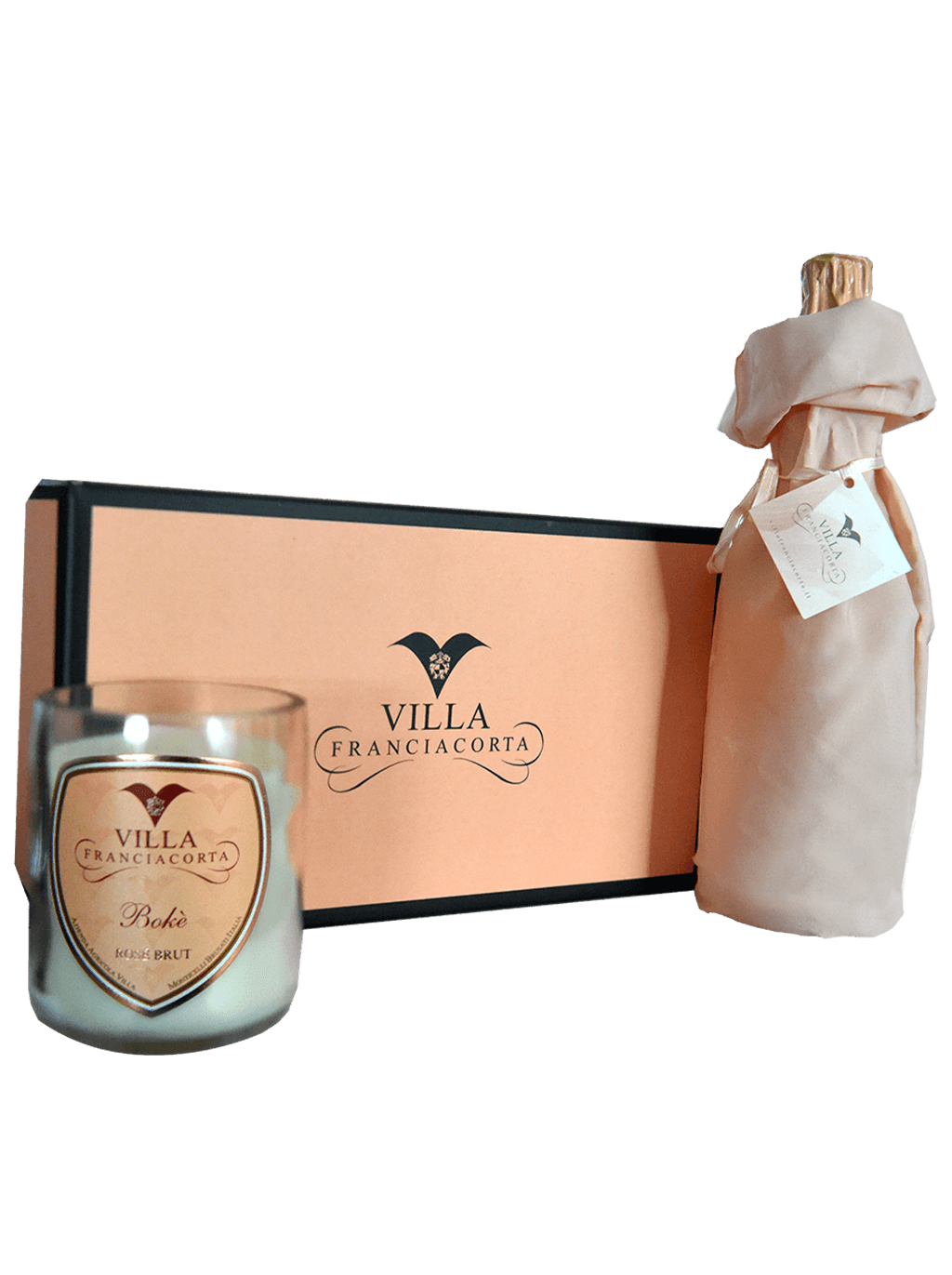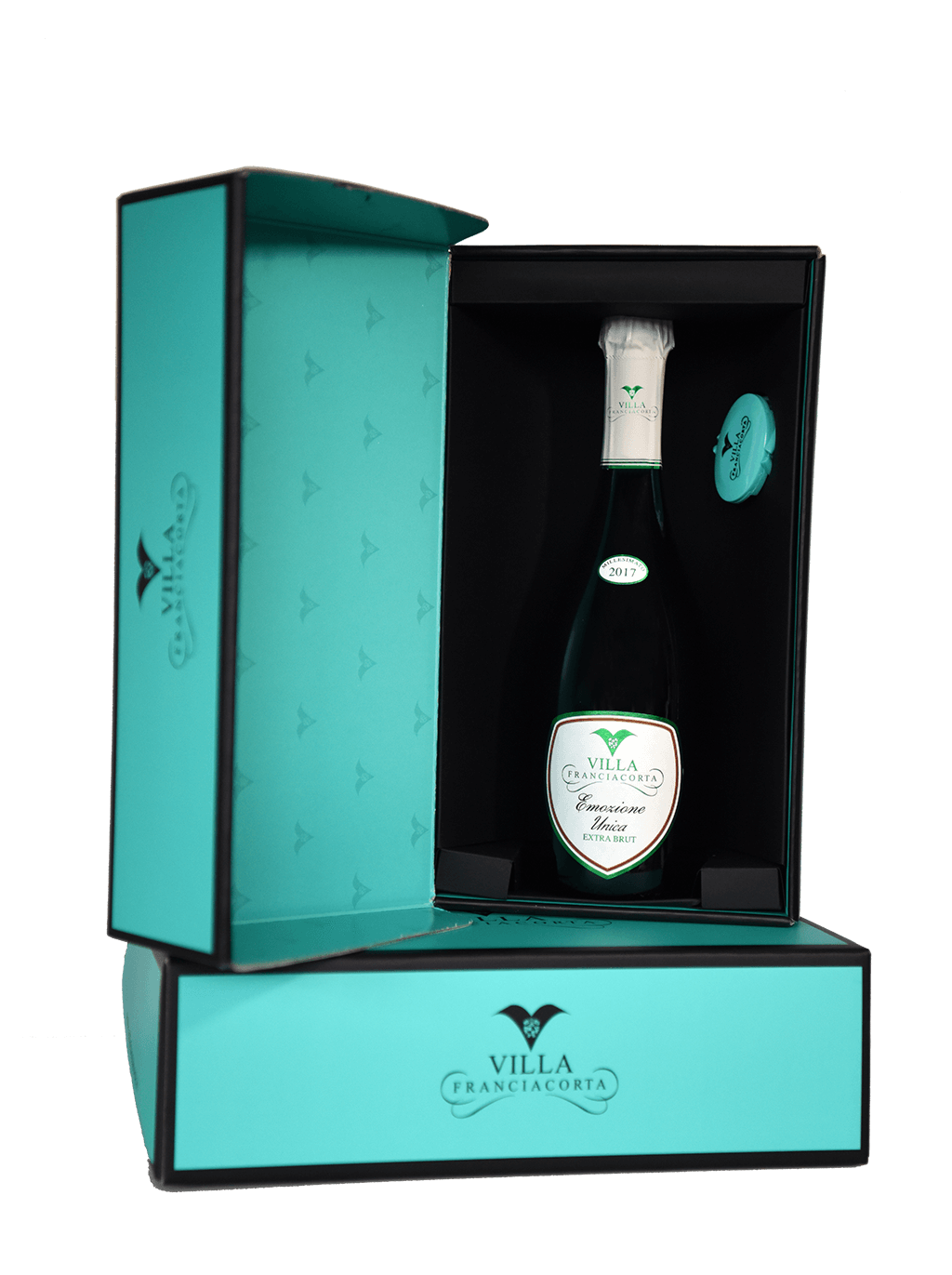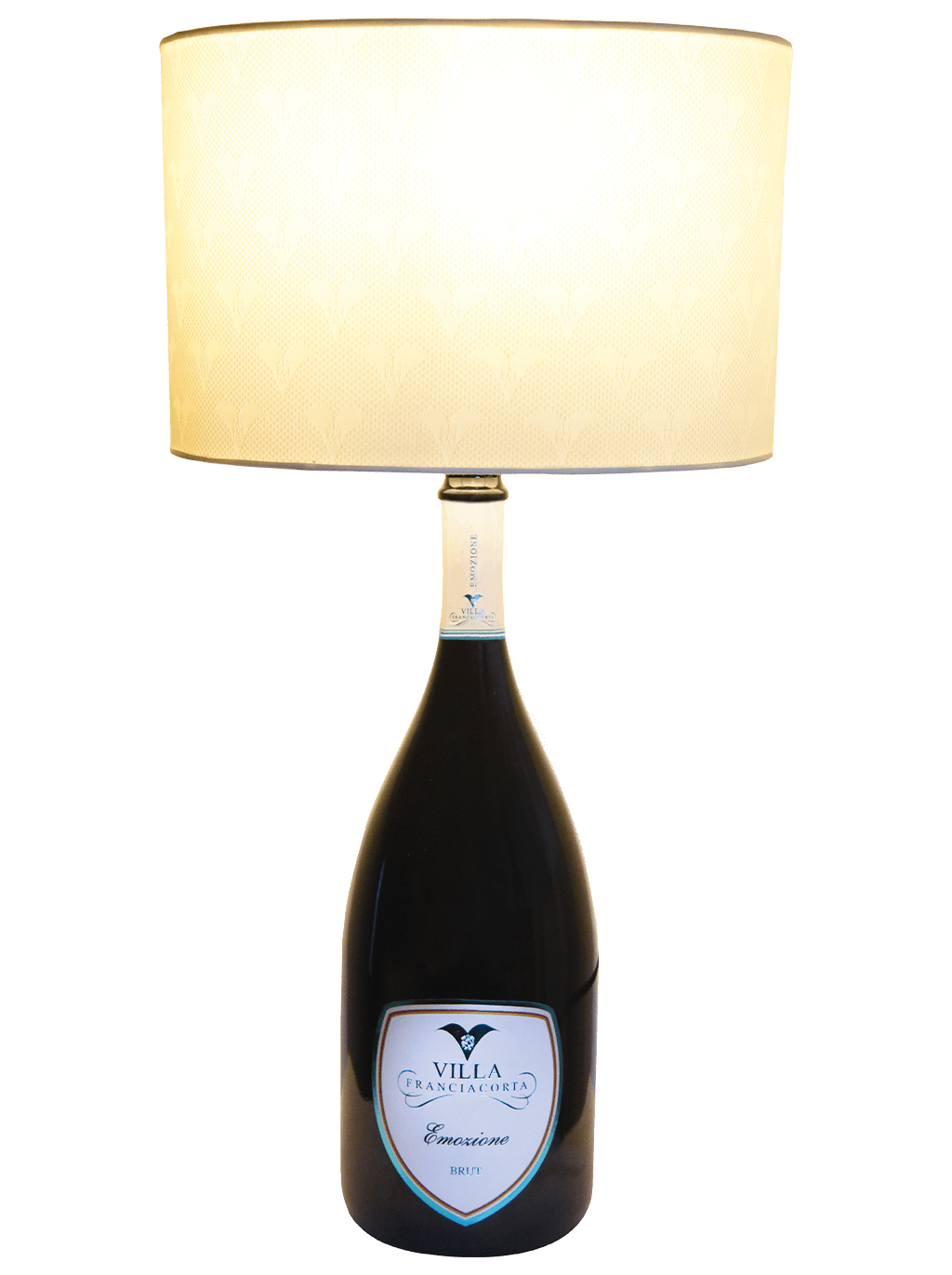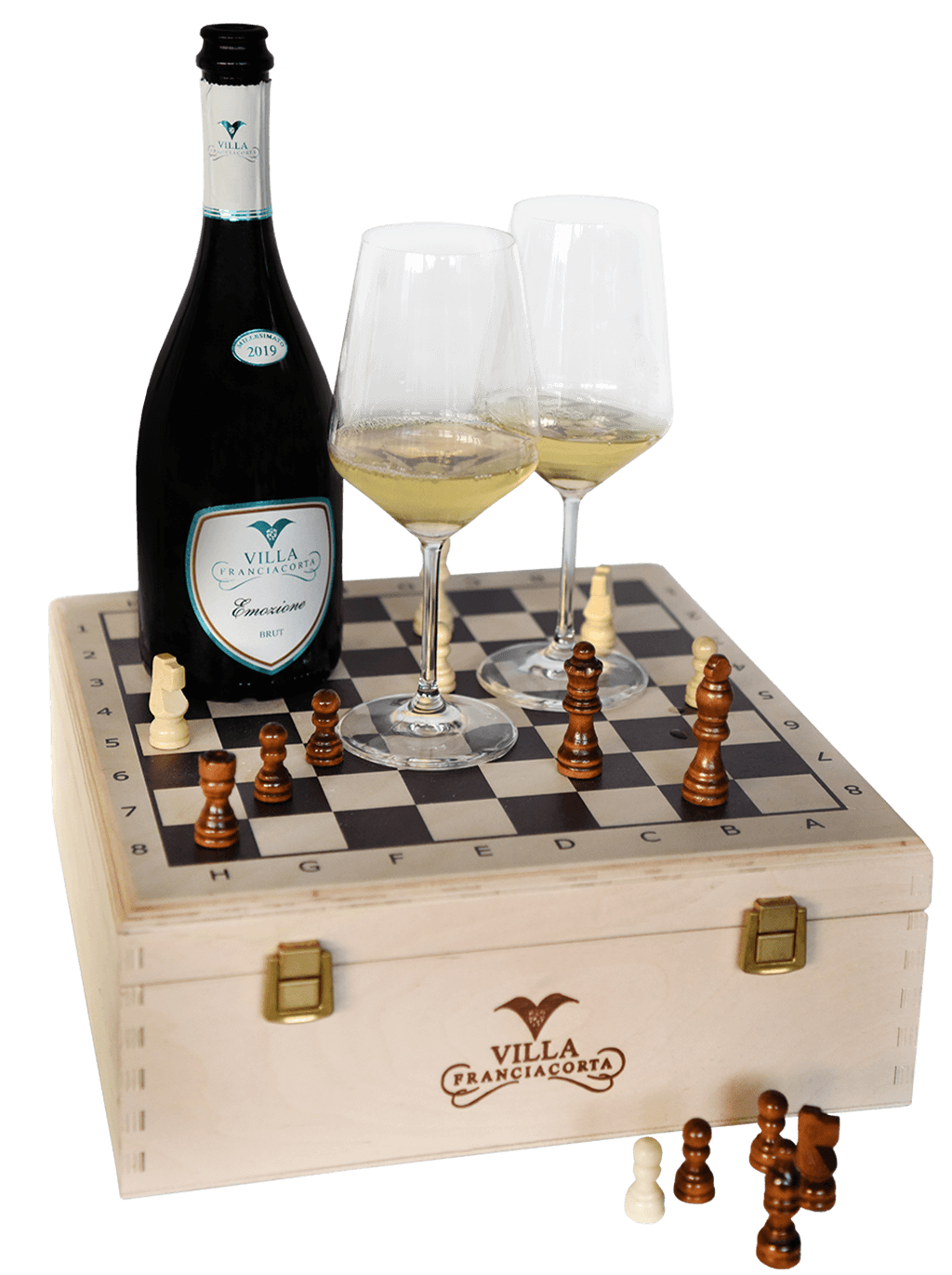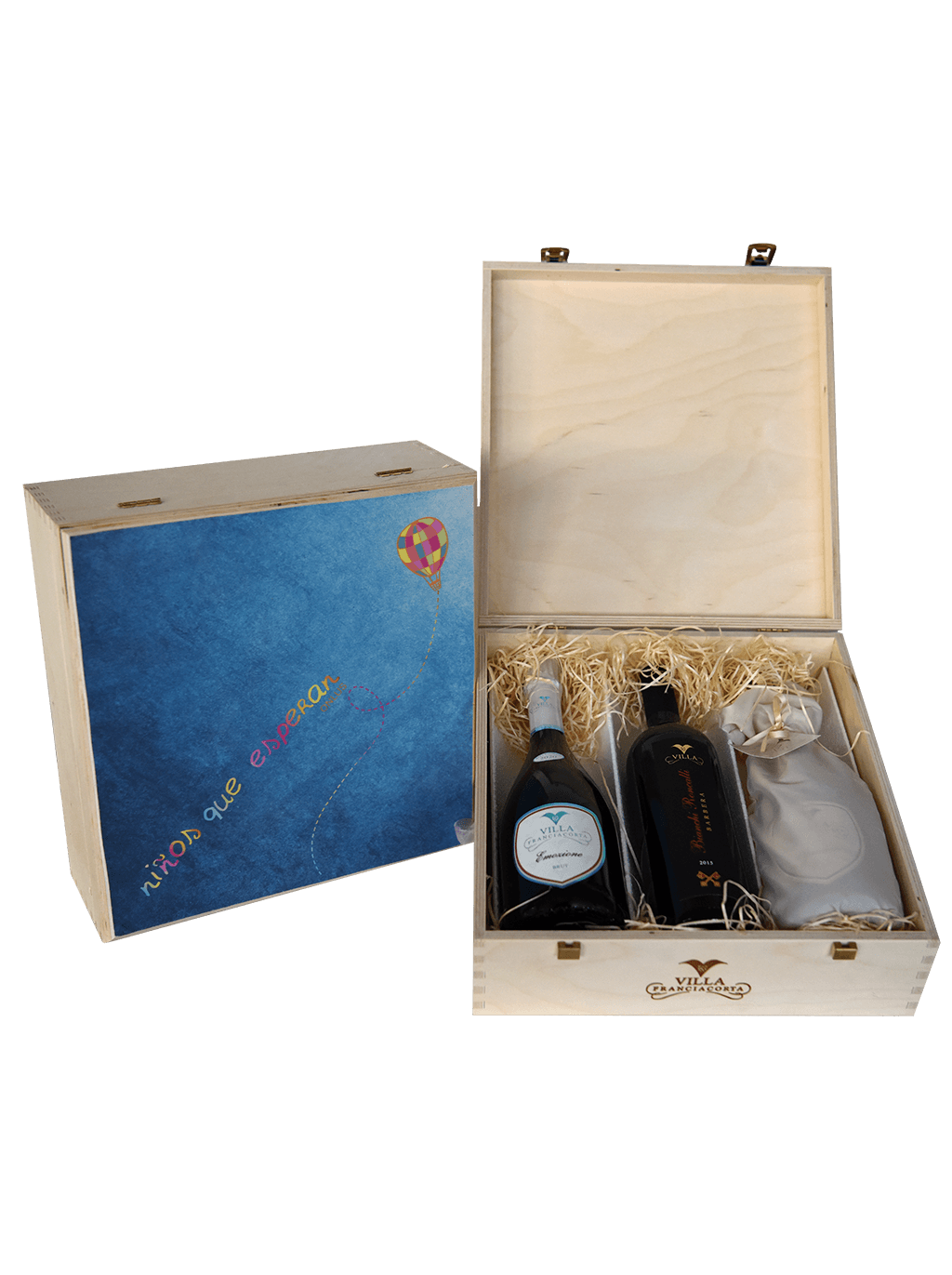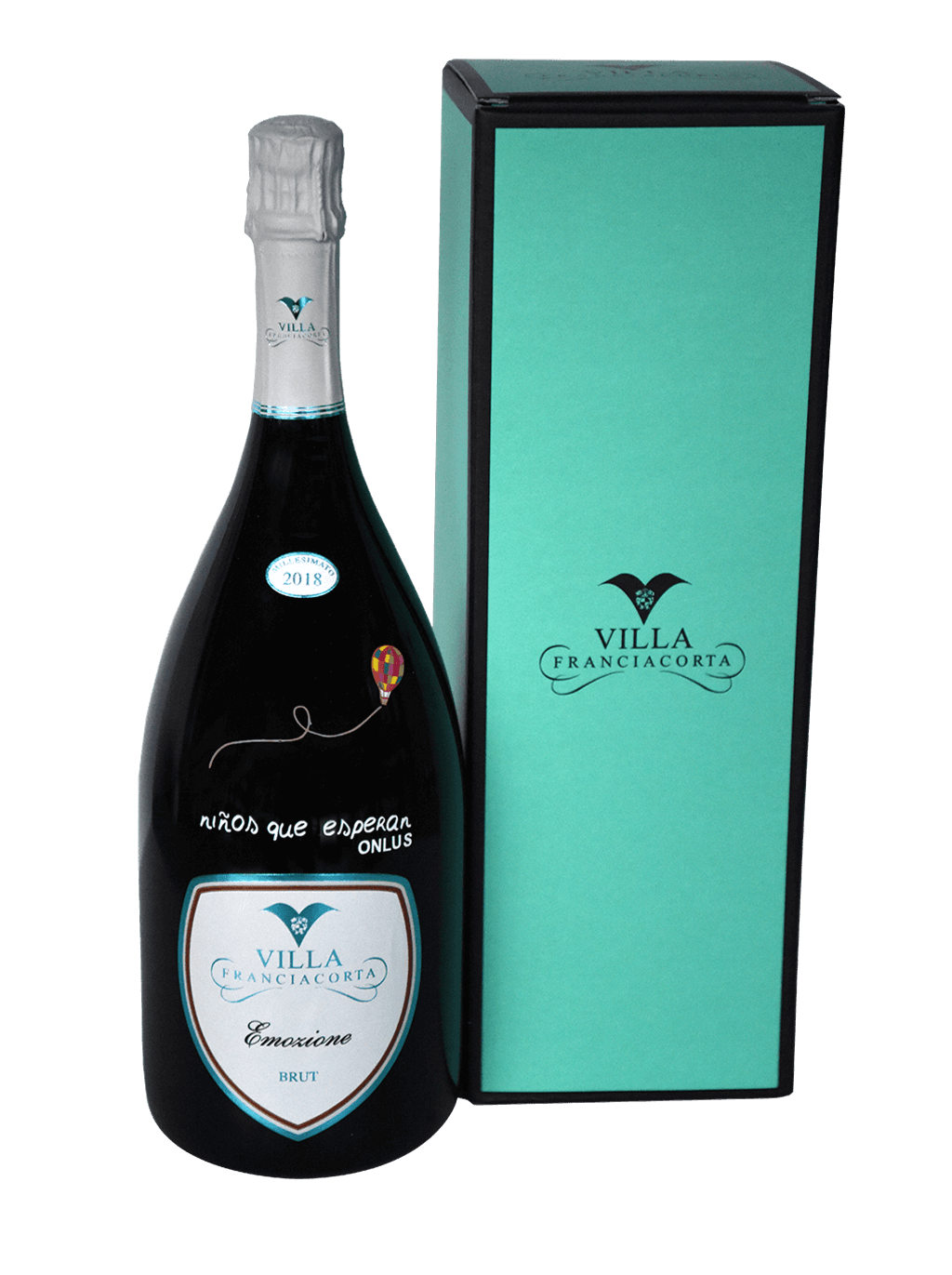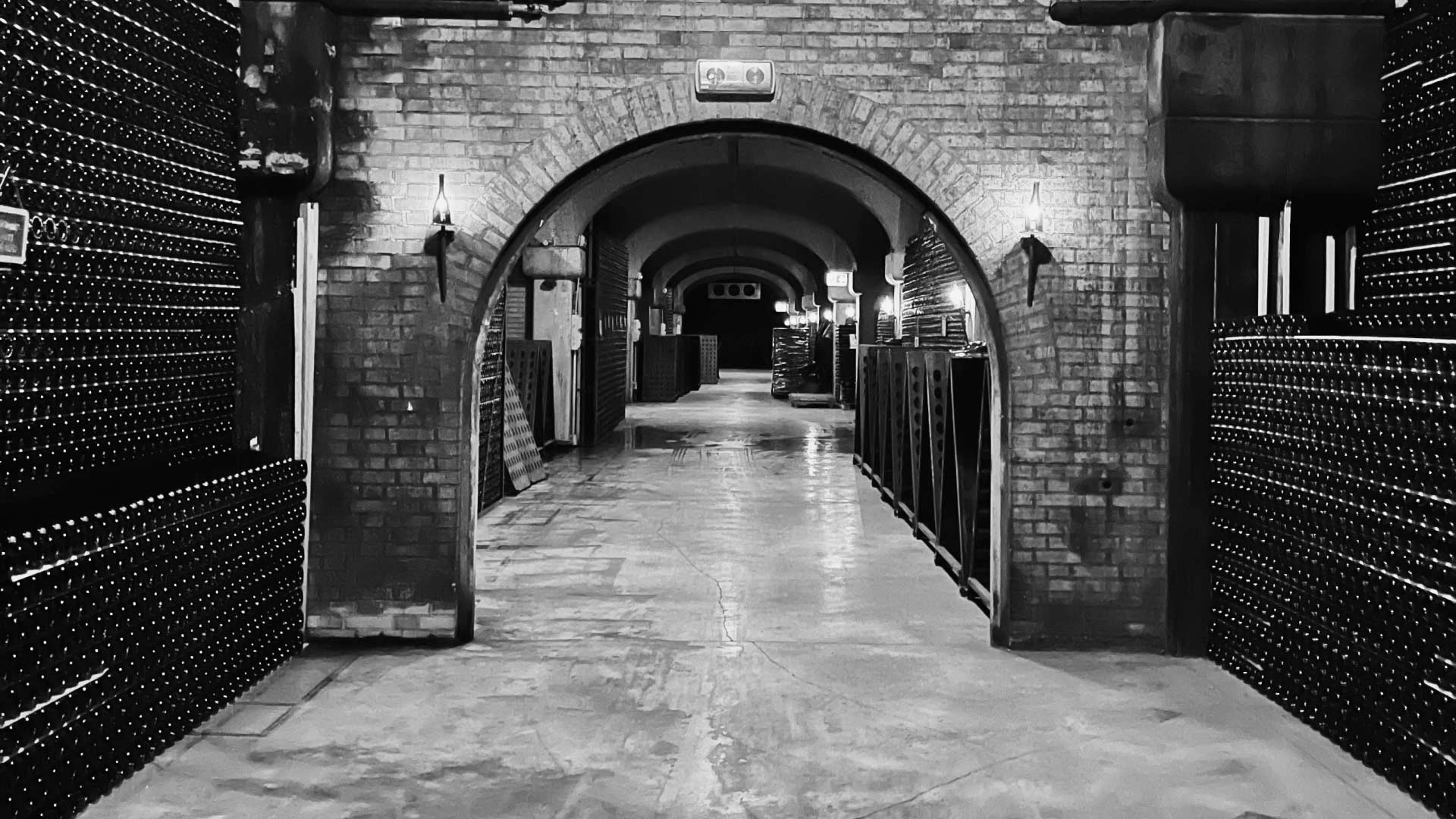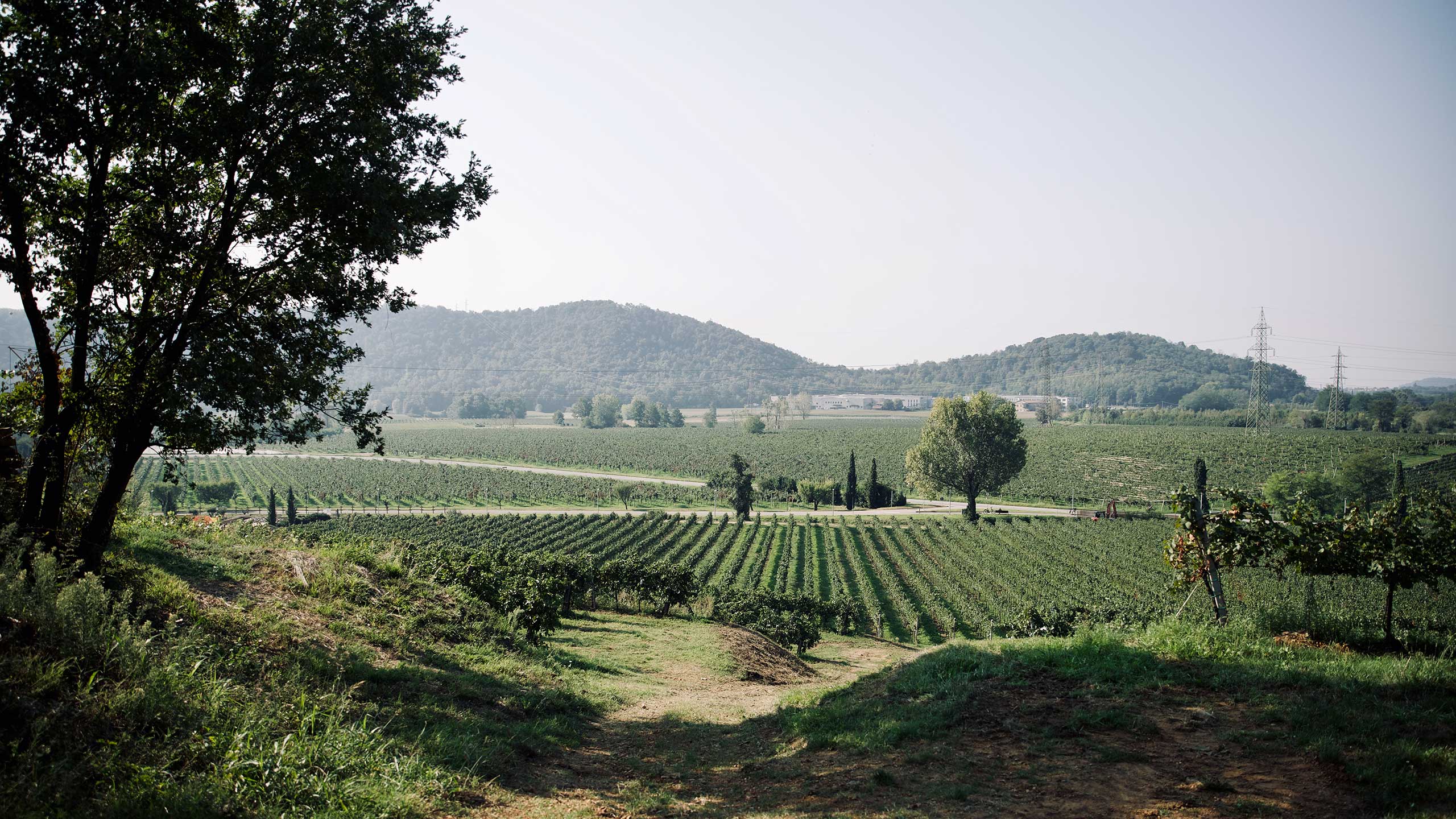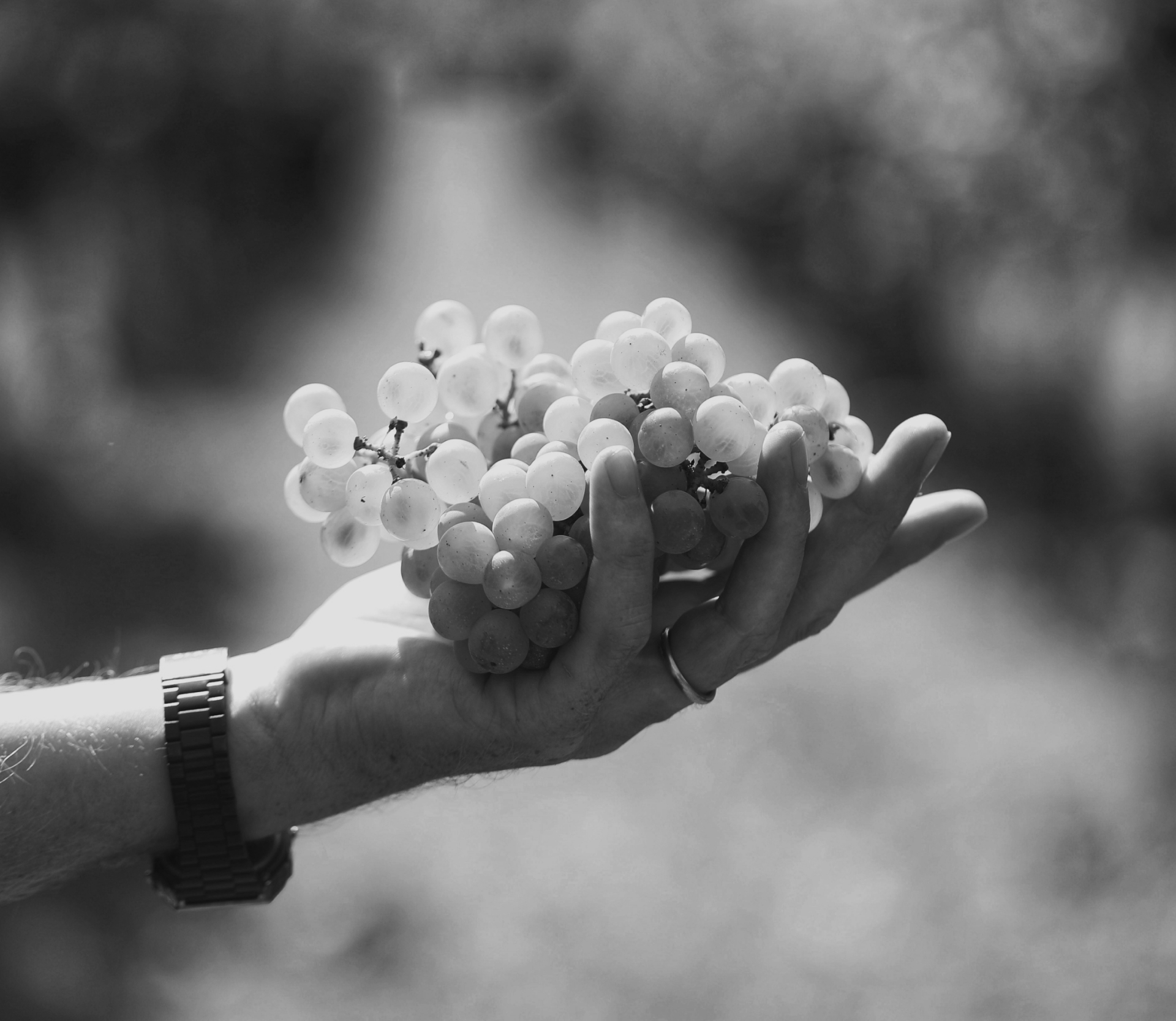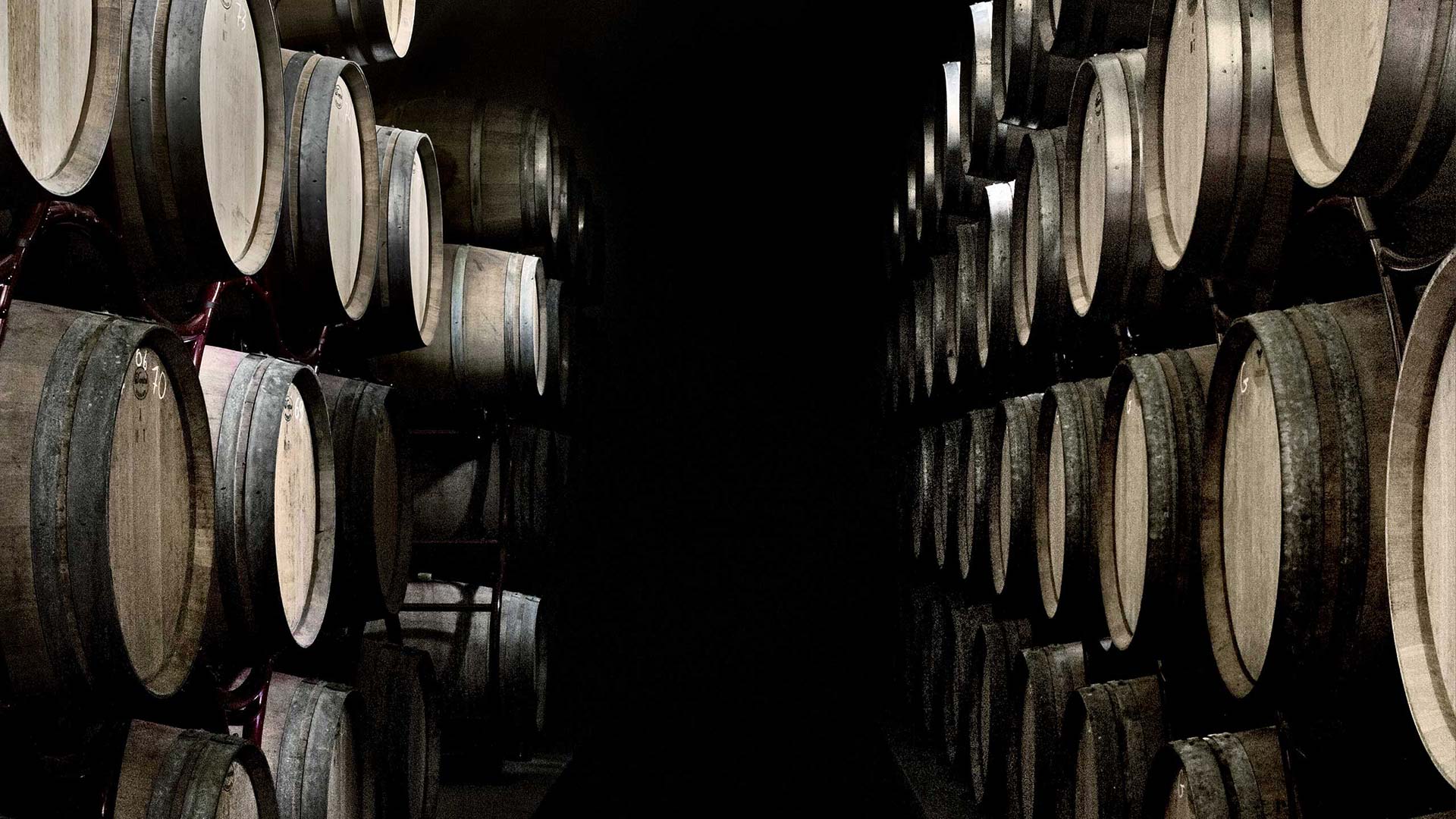The viticulture in Franciacorta: a millennial tradition
The history of Franciacorta is rooted in a territory where vine cultivation has been a constant, from Roman and Late Antiquity epochs until the High Middle Ages. Franciacorta is located in the province of Brescia, south of Lake Iseo, and extends for about 2000 hectares, among 19 municipalities. The pedoclimatic conditions of this territory have always favored the growth of vineyards, which have given life to a high-quality wine.

















